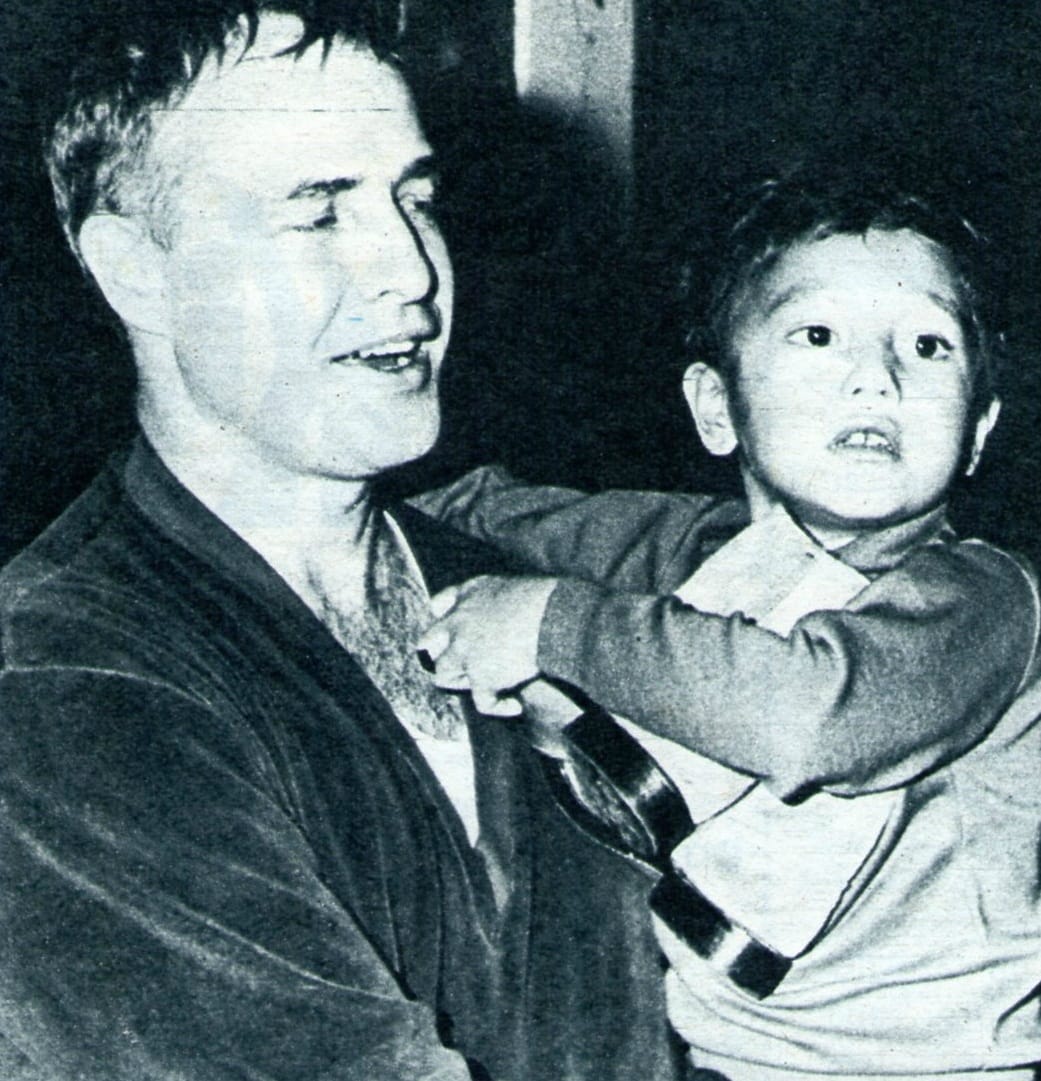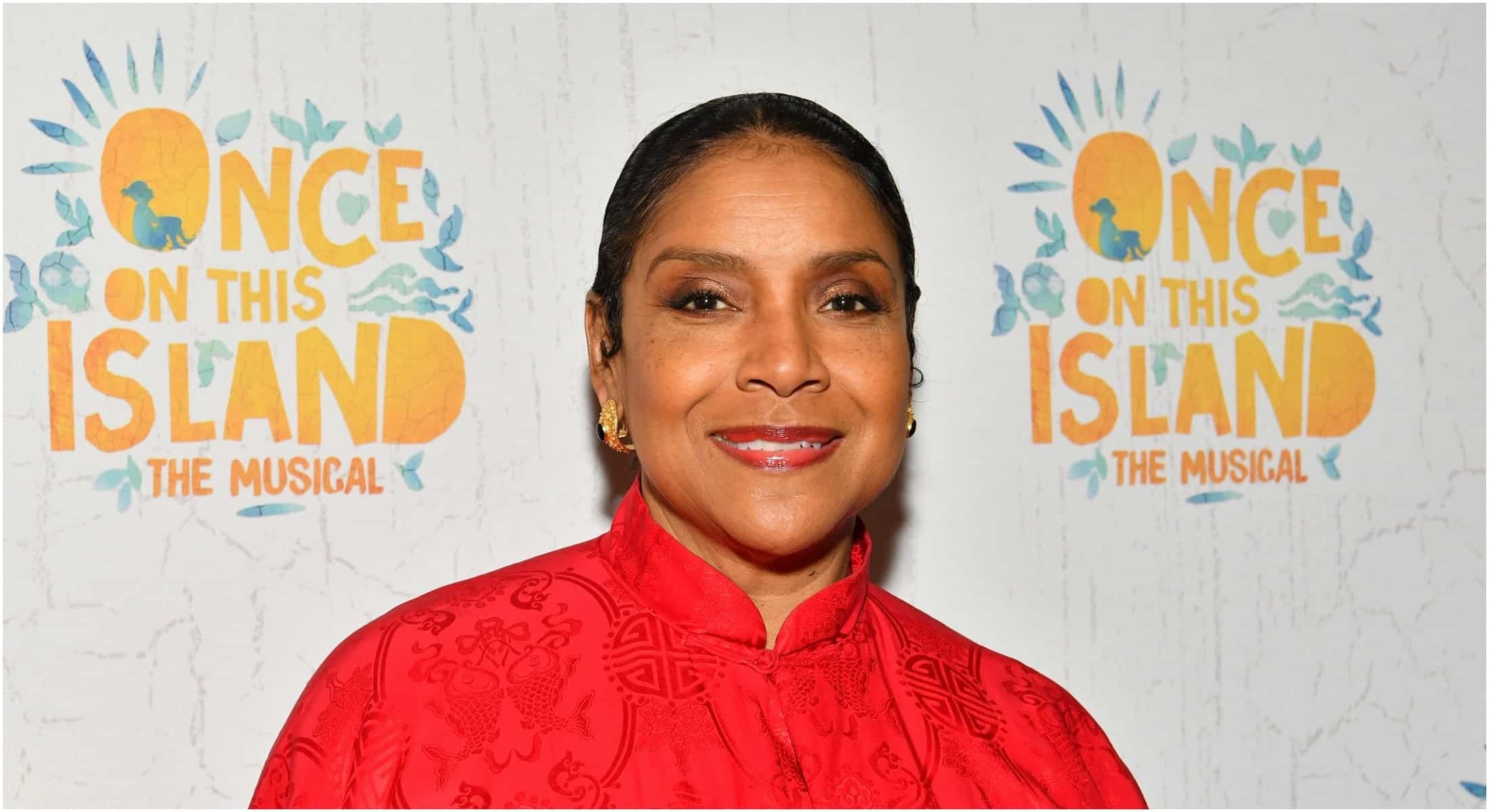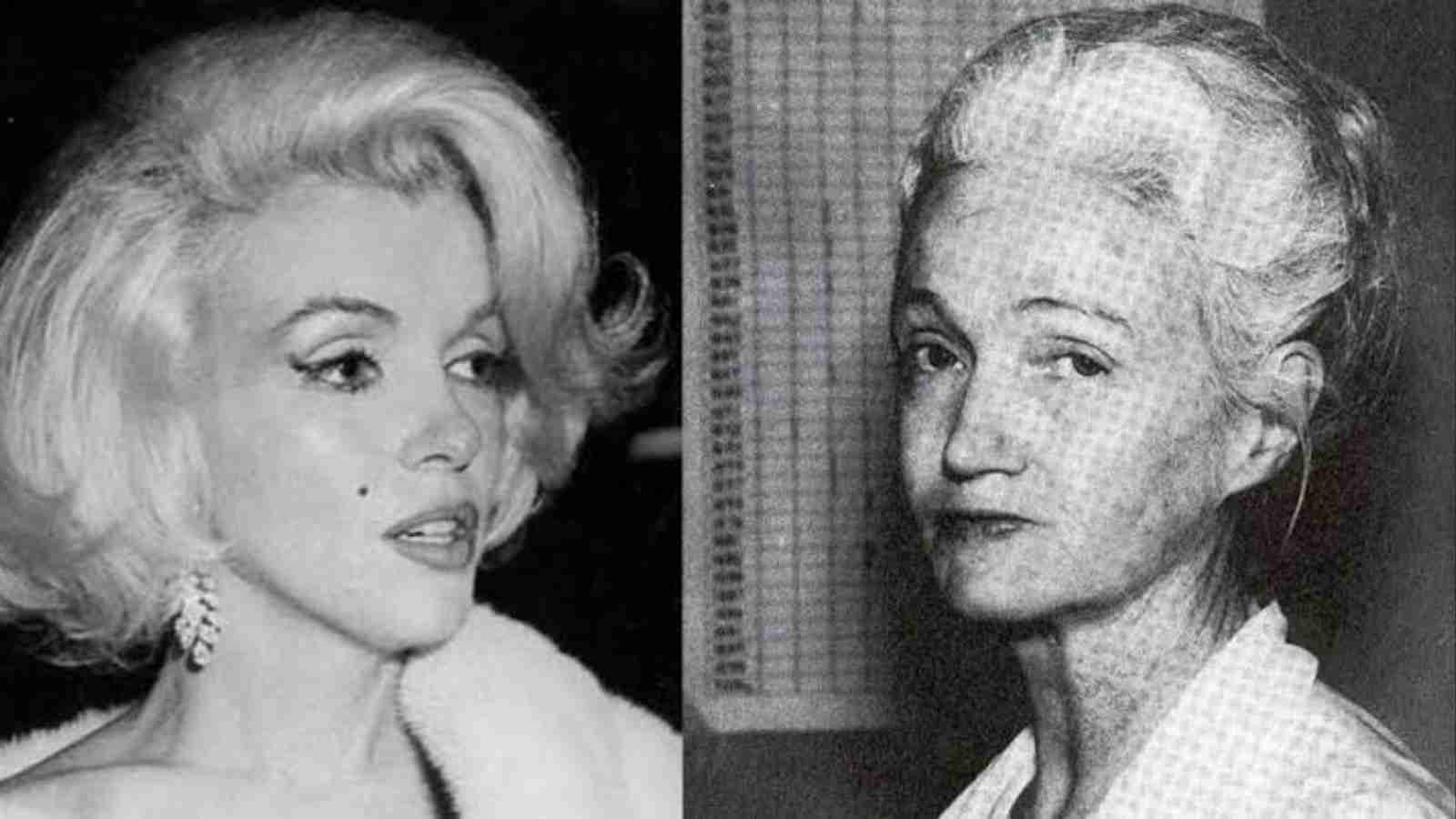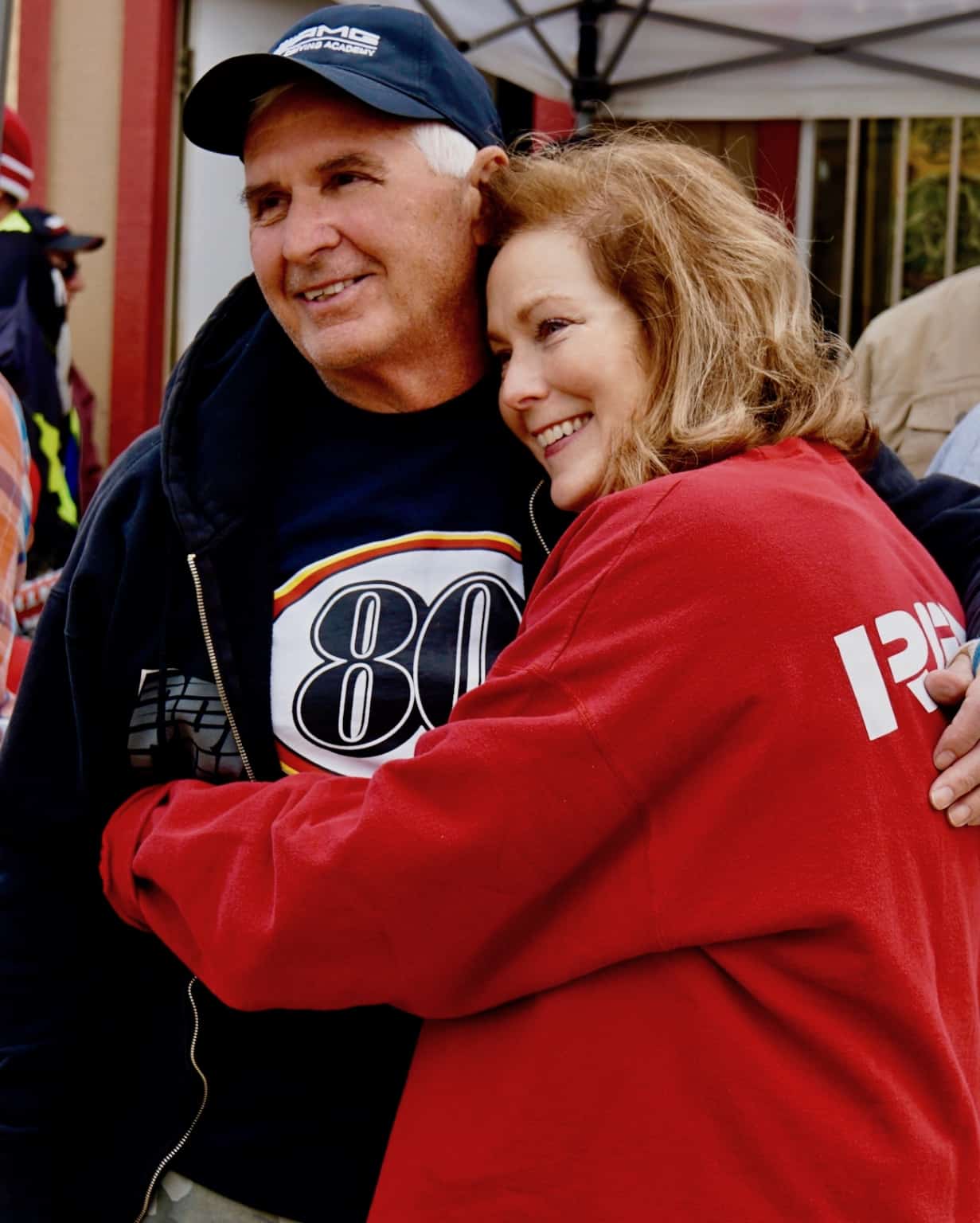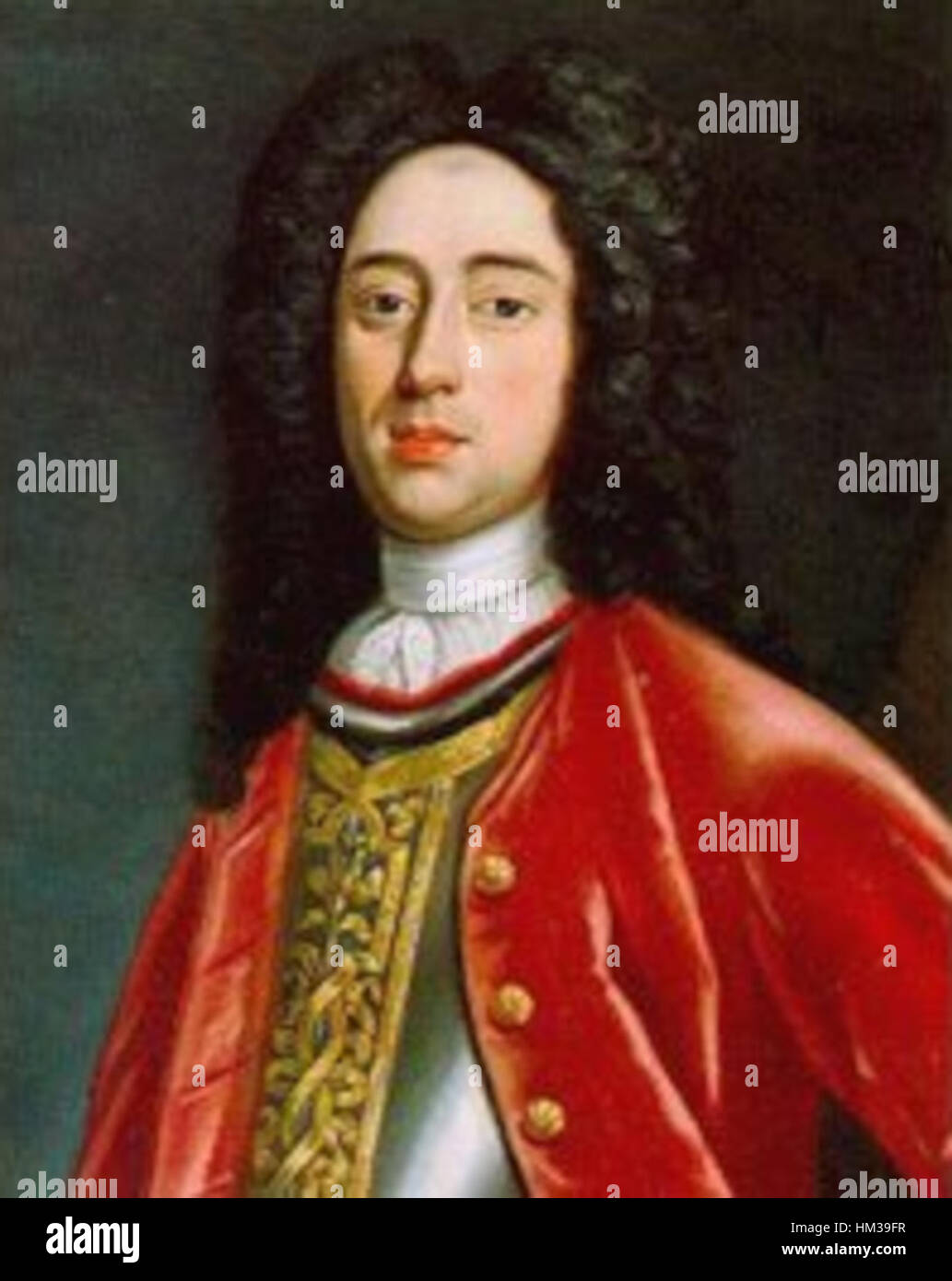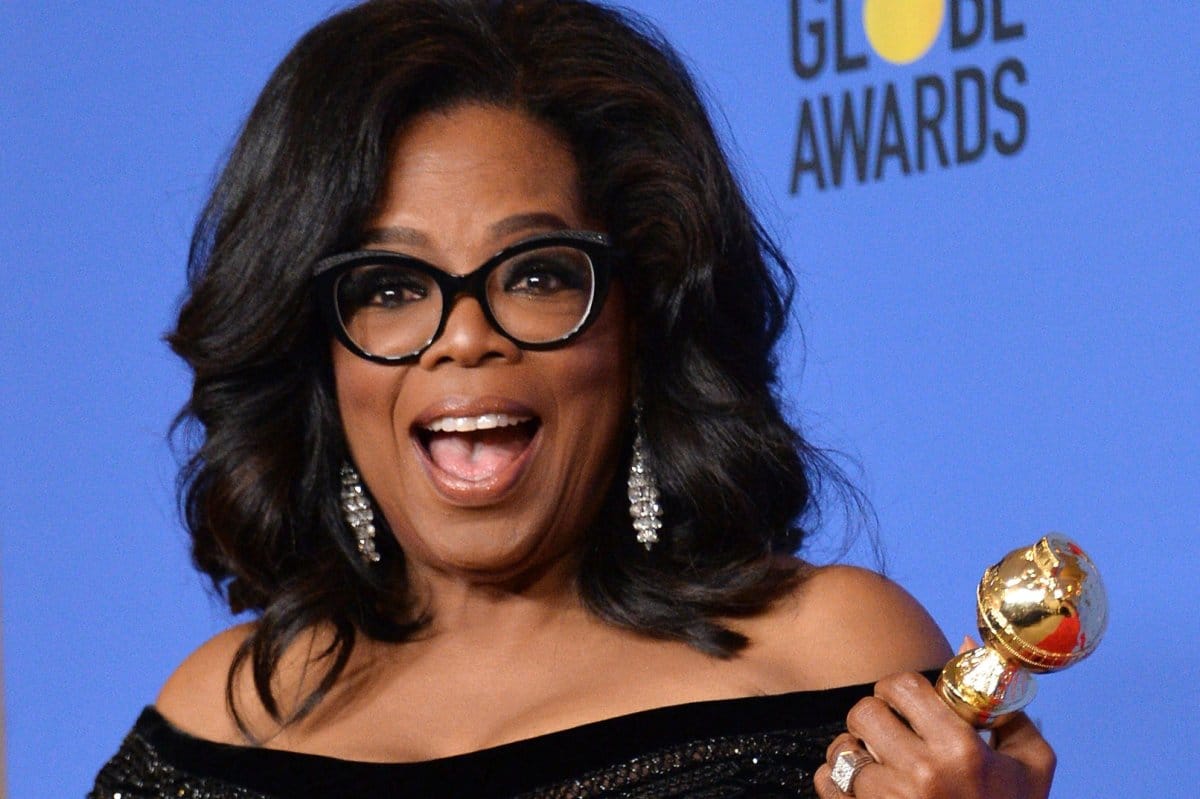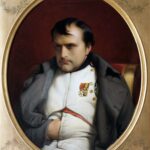Simon Teihotu Brando, son of the legendary Marlon Brando, has chosen a life remarkably different from his father’s Hollywood spotlight. This article explores Simon’s unique path, from his upbringing in Tahiti to his dedication to preserving his family’s legacy through The Brando resort. Join us as we uncover the private world and meaningful pursuits of this remarkable individual.
Simon’s Tahitian Roots
Born to Marlon Brando and his Tahitian wife, Tarita Teriipaia, Simon entered a world already steeped in Hollywood lore. His mother, who starred alongside Marlon in “Mutiny on the Bounty,” shared the spotlight, creating a backdrop of significant fame for their son. However, Simon forged his own path, one deeply rooted in the serene landscape of Tetiaroa, a tranquil atoll in French Polynesia. Growing up amidst the island’s natural beauty and vibrant culture, he developed a profound connection to the land and its people, fostering a love for privacy and the simple rhythms of island life. This upbringing shaped his values, leading him away from the glitz and glamour of Hollywood and towards a life grounded in Tahitian tradition.
Preserving a Legacy
Despite shunning the limelight, Simon’s life remains intertwined with his father’s legacy. He manages The Brando, a luxurious resort nestled on Tetiaroa, the very island Marlon Brando cherished as his private paradise. For Simon, this role likely transcends mere business; it’s a deeply personal commitment to preserving his father’s vision of sustainable tourism. His work suggests a dedication to balancing a world-class guest experience with the protection of Tetiaroa’s delicate ecosystem and the rich cultural heritage of its people.
Family, Community, and Resilience
Simon’s world revolves around family and community. A husband and father of three, he actively contributes to local initiatives and environmental protection efforts. This community engagement suggests a deep understanding of the interconnectedness of life on Tetiaroa. His path hasn’t been without hardship. He has faced the devastating loss of his sisters, Cheyenne and Rebecca, experiences that likely shaped his resilience and deepened his appreciation for life’s preciousness. Through these trials, he seems to have emerged with a stronger sense of empathy and a renewed commitment to the tranquility and close-knit bonds of his Tahitian community.
Simon Teihotu Brando’s story prompts reflection on what truly defines a meaningful life. While he could have pursued the allure of Hollywood, he chose a different path, one rooted in family, community, and the preservation of his heritage. His legacy isn’t measured in box office success but in quiet stewardship, a profound connection to his roots, and a deep respect for the natural world. It’s a legacy whispered on the wind, a testament to a life lived authentically, on one’s own terms.
What Made Marlon Brando So Great?
Marlon Brando’s greatness wasn’t a singular attribute but a potent blend of groundbreaking acting, rebellious spirit, and iconic roles. He pioneered “The Method,” immersing himself in characters with a raw emotional depth rarely seen before. This likely influenced generations of actors, inspiring them to strive for authenticity. Beyond his craft, Brando’s rebellious nature, challenging both Hollywood and societal norms, solidifies his image as a man of conviction. This is perhaps best exemplified by his refusal of the Academy Award for “The Godfather” to protest Hollywood’s portrayal of Native Americans. His iconic roles, from Stanley Kowalski in “A Streetcar Named Desire” to Vito Corleone in “The Godfather,” remain cultural touchstones. Ongoing research continues to explore the nuances of his approach and the extent of his influence, suggesting that his impact on modern acting is still being fully understood.
| Feature | Description |
|---|---|
| Acting Technique | Pioneered “The Method,” emphasizing emotional depth and realism, transforming the prevailing acting styles of his time. |
| Rebellious Nature | Challenged societal norms and authority, advocating for social justice, including Native American rights, solidifying his status as a cultural rebel. |
| Iconic Roles | Delivered unforgettable performances in films like “A Streetcar Named Desire,” “On the Waterfront,” “The Godfather,” and “Apocalypse Now,” inspiring generations of actors. |
| Enduring Legacy | His innovative acting style and social activism continue to influence cinema and popular culture, ensuring his place as one of the greatest actors of all time. |
| Influence on Modern Acting | Likely contributed to the shift towards more realistic and emotionally driven performances in modern cinema. Ongoing research explores the extent of this influence. |
Our understanding of Brando’s impact is continually evolving. While his place in cinematic history is secure, the full scope of his influence is likely still being uncovered.
Who Was Marlon Brando?
Marlon Brando, a titan of 20th-century cinema, didn’t just act—he embodied his roles, bringing an unprecedented rawness and emotional intensity to the screen. His embrace of “method acting” revolutionized the craft, influencing generations to come. From his breakout role as Stanley Kowalski in “A Streetcar Named Desire” to his iconic portrayal of Vito Corleone in “The Godfather,” Brando’s performances became cultural milestones. He wasn’t just a performer; he was a cultural force, challenging conventions and advocating for social justice, including Native American rights. His personal life, marked by complexities and controversies, including his retreat to Tetiaroa, adds another layer to his enigmatic persona.
Brando’s legacy extends beyond his on-screen achievements. He fathered eleven children, each navigating the shadow of their famous father. Simon Teihotu Brando, in particular, stands out for choosing a life far removed from the Hollywood glare, embracing a quiet existence in Tahiti. This decision speaks volumes about Simon’s character and perhaps a desire to forge his own path outside his father’s immense legacy.
| Figure | Notable For |
|---|---|
| Marlon Brando | Method acting, iconic roles, cultural impact, activism |
| Simon T. Brando | Choosing a private life in Tahiti, contrasting his father’s fame |
While their lives diverged dramatically, both Marlon and Simon’s stories highlight that fulfillment can take many forms. Marlon’s blazed across the silver screen, while Simon’s quietly unfolds amidst the tranquility of Tetiaroa. The Brando legacy, therefore, isn’t solely defined by cinematic brilliance but also by individual choices, reflecting the diverse ways we seek meaning and purpose.
Find yourself seeking leadership insights? Explore the wisdom of Nido Qubein, a business guru who has empowered countless entrepreneurs. Or perhaps you’re drawn to the intellectual prowess of Phebe Novakovic, a renowned academic tackling complex societal issues.
- HelpCare Plus: Revolutionizing Affordable and Accessible Healthcare - December 29, 2024
- Boom & Bucket: Your Digital Marketplace for Used Heavy Equipment - December 28, 2024
- Ankle Bones Crossword Clue: Solutions, Tips & Anatomical Insights - December 28, 2024
